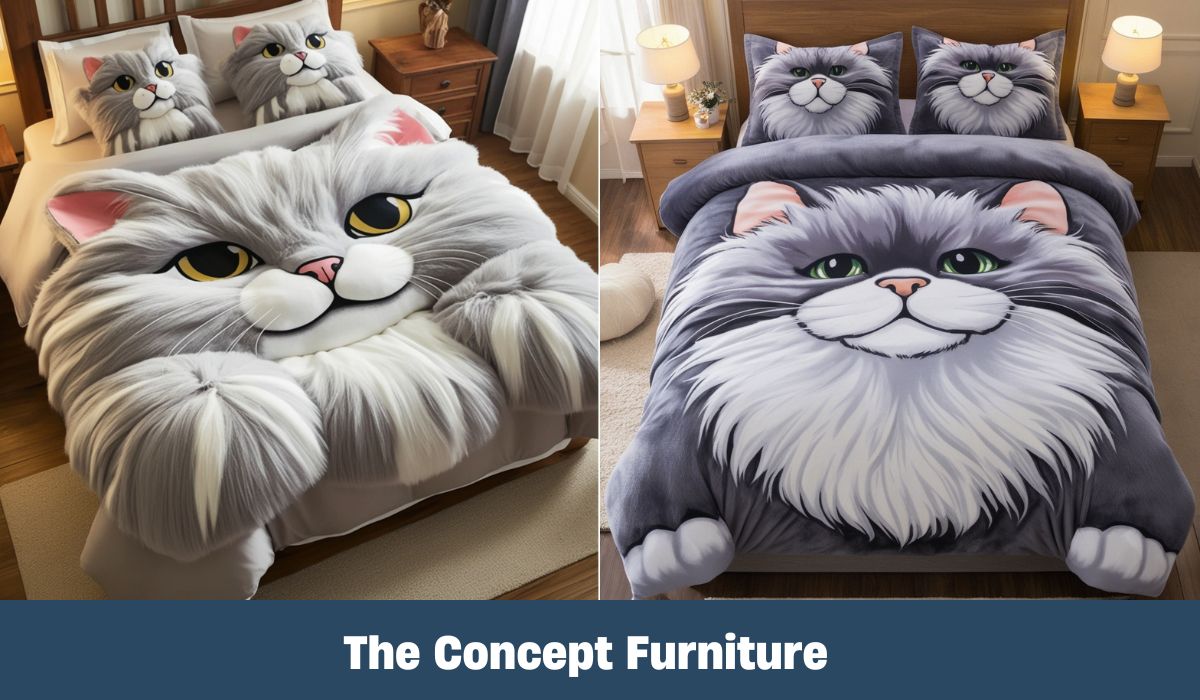Providing the right cat bedding is essential in ensuring your feline companions are comfortable, healthy, and happy. Just as humans cherish their sleep environments, cats also have distinct preferences when it comes to where they rest. A cat’s bedding plays a crucial role in not only its comfort but also its overall health and well-being. In this comprehensive guide, we’ll explore everything you need to know about cat bedding, from types and materials to care instructions, helping you make the best choices for your furry friends.
Understanding the Importance of Cat Bedding
When it comes to creating an ideal living space for your cat, bedding is often overlooked. However, the reality is that proper cat bedding serves multiple vital functions. It can impact your pet’s physical and emotional health, just as much as its diet and environment do. Below, we delve into why quality bedding matters and how it contributes to your cat’s health and behavior.
Why Quality Bedding Matters
Investing in quality cat bedding is not just about luxury; it’s about necessity. Cats spend a significant portion of their lives sleeping, sometimes up to 16 hours a day! This emphasizes the need for a restful environment. High-quality bedding provides support, warmth, and security, enabling your pet to recharge.
Quality bedding reduces the risk of developing joint issues, such as arthritis or other discomforts, particularly in older cats. Unlike cheaper options, which may flatten or lose their shape over time, premium cat bedding retains its supportive structure, ensuring that your feline friend has a cozy place to curl up.
Moreover, poor-quality bedding can lead to additional problems like skin irritations or allergies. Materials that trap moisture or are difficult to clean can harbor bacteria, leading to infections. Therefore, opting for superior materials is imperative for maintaining both comfort and health.
The Role of Bedding in a Cat’s Health and Well-Being
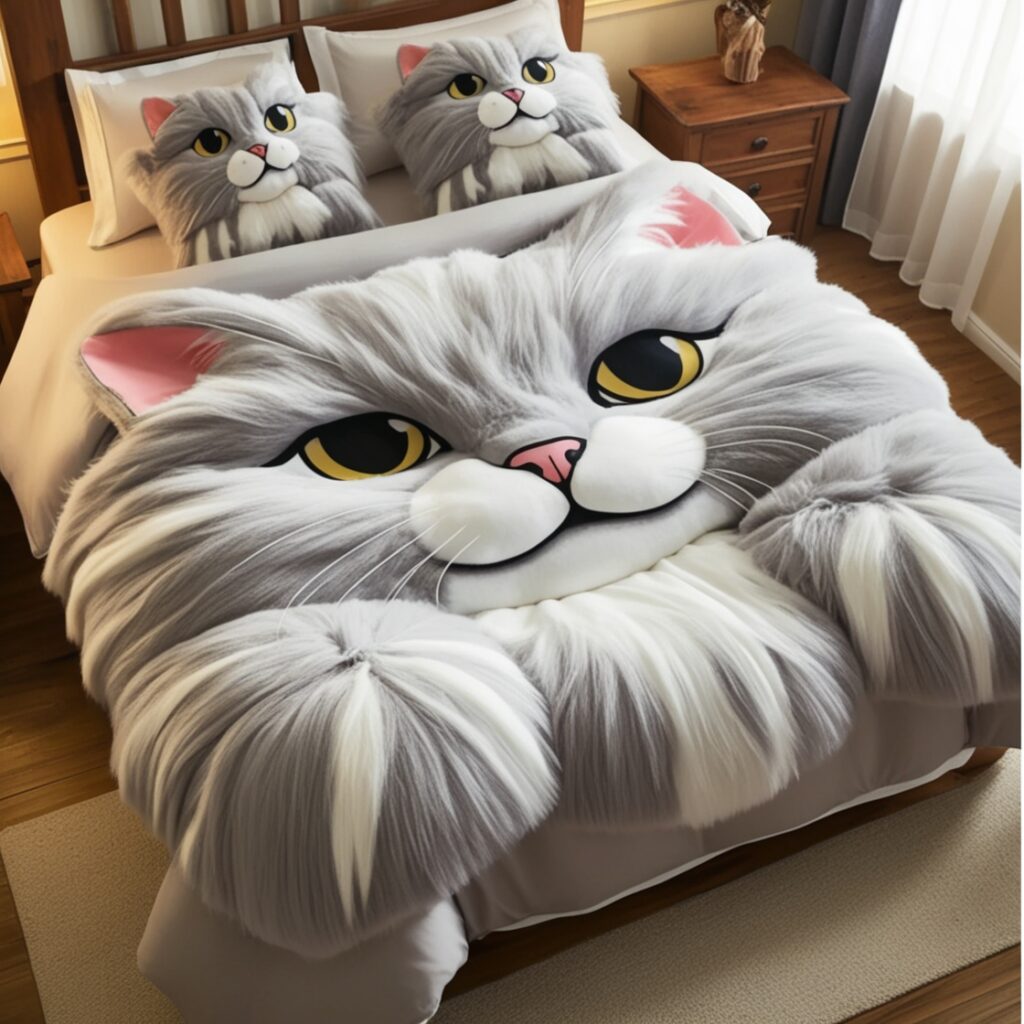
The bed your cat sleeps in can significantly influence its overall health. A well-designed bed can promote better posture, especially for older cats or those with existing health conditions. A supportive mattress that contours to your cat’s body can help alleviate pressure points.
Bedding also creates an environment that fosters emotional well-being. Cats are creatures of habit, and having a familiar, comfortable spot to retreat to can reduce anxiety and stress, especially in multi-pet households or during changes in the home environment.
Furthermore, specific bedding options can cater to particular health needs. For instance, heated beds can be beneficial for arthritic cats in colder climates, providing soothing warmth. Conversely, cooling mats can help regulate temperature for overweight cats or those with thick fur.
How Bedding Affects Behavior and Mood
Various studies indicate that the quality of a cat’s bedding can affect its mood and behavior. Just as a human might feel grumpy after a night on an uncomfortable mattress, cats too can become irritable if they don’t have a comfortable resting area. Quality bedding can encourage positive behaviors, promoting playfulness and reducing unwanted behaviors like scratching or aggression.
A cozy bed provides a safe haven for shy or anxious cats who may struggle with social interactions. It can serve as a refuge that allows them to observe their surroundings while feeling secure. Furthermore, certain types of bedding, such as enclosed beds or caves, can mimic natural dens, tapping into your cat’s instinctual behaviors and enhancing their confidence.
Ultimately, investing in the right bedding can translate to a happier, more balanced pet, fostering a stronger bond between you and your feline friend.
Types of Cat Bedding
With various options available, choosing the right type of cat bedding can seem overwhelming. Understanding the differences between beds, blankets, and other solutions can help you make an informed decision. Let’s explore the common types of cat bedding and their unique advantages.
Beds vs. Blankets: What’s Best?
One of the first questions many cat owners face is whether to choose a bed or a blanket. Both options have their benefits, and the right choice will depend on your cat’s specific needs and preferences.
Beds come in countless shapes, sizes, and styles, ranging from simple cushions to elaborate structures with built-in warmth and covers. They provide dedicated spaces for your cat, encouraging them to have a specific “sleep area.” Additionally, many beds offer orthopedic options designed to support aging joints, making them invaluable for senior cats.
On the other hand, blankets are versatile and can be used in various locations throughout the house. They can protect furniture, act as portable bedding for travel, or simply provide extra comfort wherever your cat chooses to nap. However, they lack the stability and security that a dedicated bed offers and may not provide the same level of support.
Ultimately, the best option may involve a combination of both—having a designated bed for comfort and a blanket for versatility.
Heated vs. Unheated Options
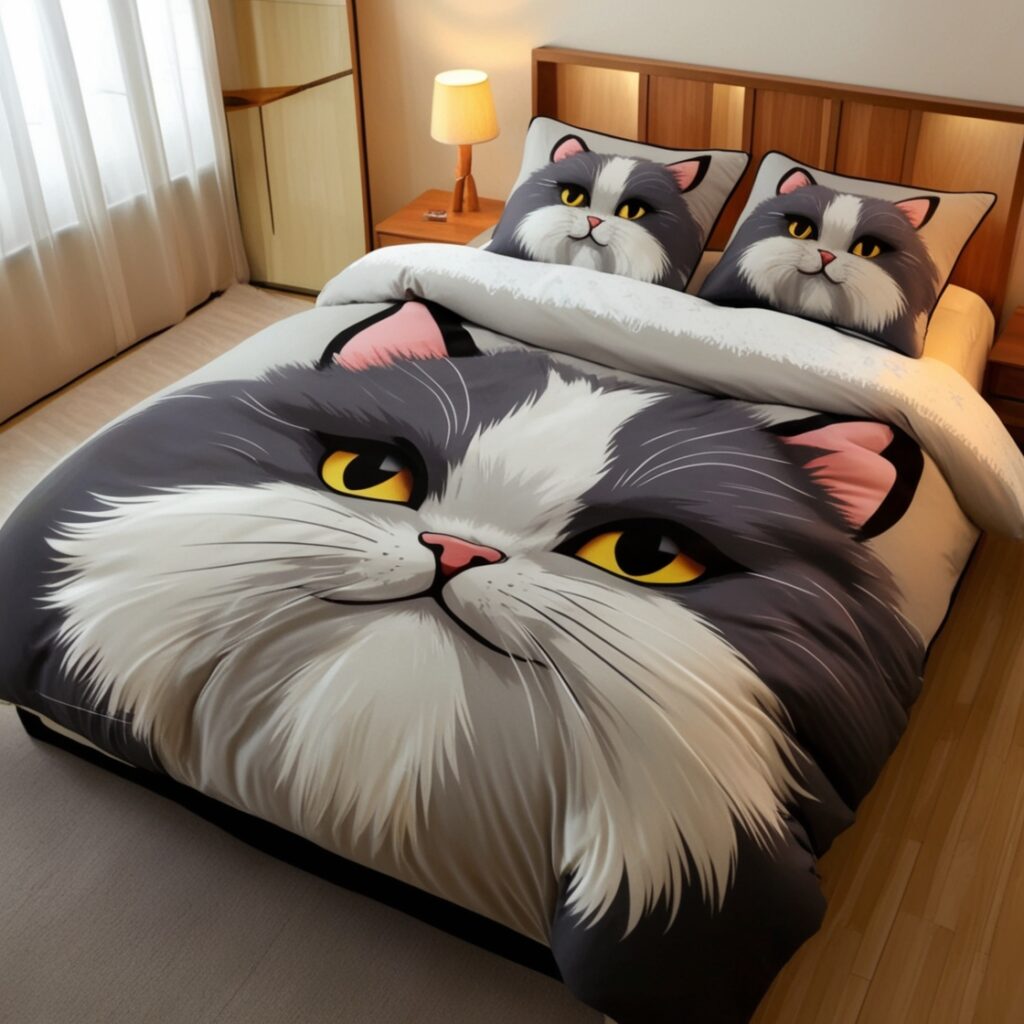
Temperature can play a significant role in your cat’s comfort and well-being, especially during colder months or for specific breeds sensitive to temperature changes. Understanding the difference between heated and unheated bedding can help you make the best choice for your furry companion.
Heated cat beds use low-wattage heating elements to provide gentle warmth, perfect for older cats suffering from arthritis or those susceptible to cold due to their short fur or small size. These beds often come with removable covers for easy cleaning, allowing you to provide a warm sanctuary for your pet without compromising hygiene.
Conversely, unheated options can include standard cushions, fleece-lined beds, or even natural fiber materials that allow for breathability during warmer weather. Many cats appreciate having unheated bedding as they can regulate their own body temperatures by moving between warmer and cooler surfaces, especially during seasonal changes.
Both heated and unheated options have their merits, so considering your cat’s individual needs and preferences will guide your choice.
Nesting Pads and Caves: Pros and Cons
Nesting pads and cave-style beds offer unique choices for your cat’s bedding. These options cater to your feline’s instinctive need for security and warmth while providing different experiences.
Nesting pads typically feature raised edges, creating a cozy nook that cats love to curl up in. They provide a sense of protection and help your cat feel secure, which is essential for nervous or timid felines. However, it’s important to consider the bed’s material; some cats may prefer softer textures over others.
Cave-style beds take this concept further by offering an enclosed space for your cat to hide away. Such designs mimic the safety of a den, allowing your cat to observe its surroundings while remaining hidden. These beds can be particularly appealing during stressful situations, acting as a comforting retreat. On the downside, some cats may feel claustrophobic, preferring open spaces instead.
In choosing between nesting pads and caves, observe your cat’s behavior closely. If they seek out hiding spots or enjoy burrowing under blankets, they may appreciate an enclosed option.
Materials Used in Cat Bedding
The material of your cat’s bedding significantly impacts its comfort, durability, and ease of cleaning. With so many options available, understanding the pros and cons of different fabrics can help you select the best bedding for your pet.
Fabric Choices: Cotton, Fleece, and More
Cotton is a popular choice for cat bedding, known for its softness and hypoallergenic properties. It’s breathable and easy to wash, making it suitable for cats prone to allergies or skin sensitivities. Moreover, cotton bedding is available in various colors and patterns, allowing you to coordinate with your home decor.
Fleece is another widely favored material due to its warmth and plush texture. It keeps heat close, making it an ideal choice for colder seasons. However, fleece can be less breathable than cotton and may require more frequent washing to prevent matting.
Some bedding options incorporate microfiber or synthetic fibers, which can offer durability and stain resistance. While these materials can be long-lasting, it’s important to ensure they are non-toxic and safe for your pet.
When selecting fabric, consider your cat’s personality and preferences. Some may favor the soft touch of fleece, while others might prefer the coolness of cotton. Observing their reactions to different materials can guide your choice.
Eco-Friendly and Sustainable Options
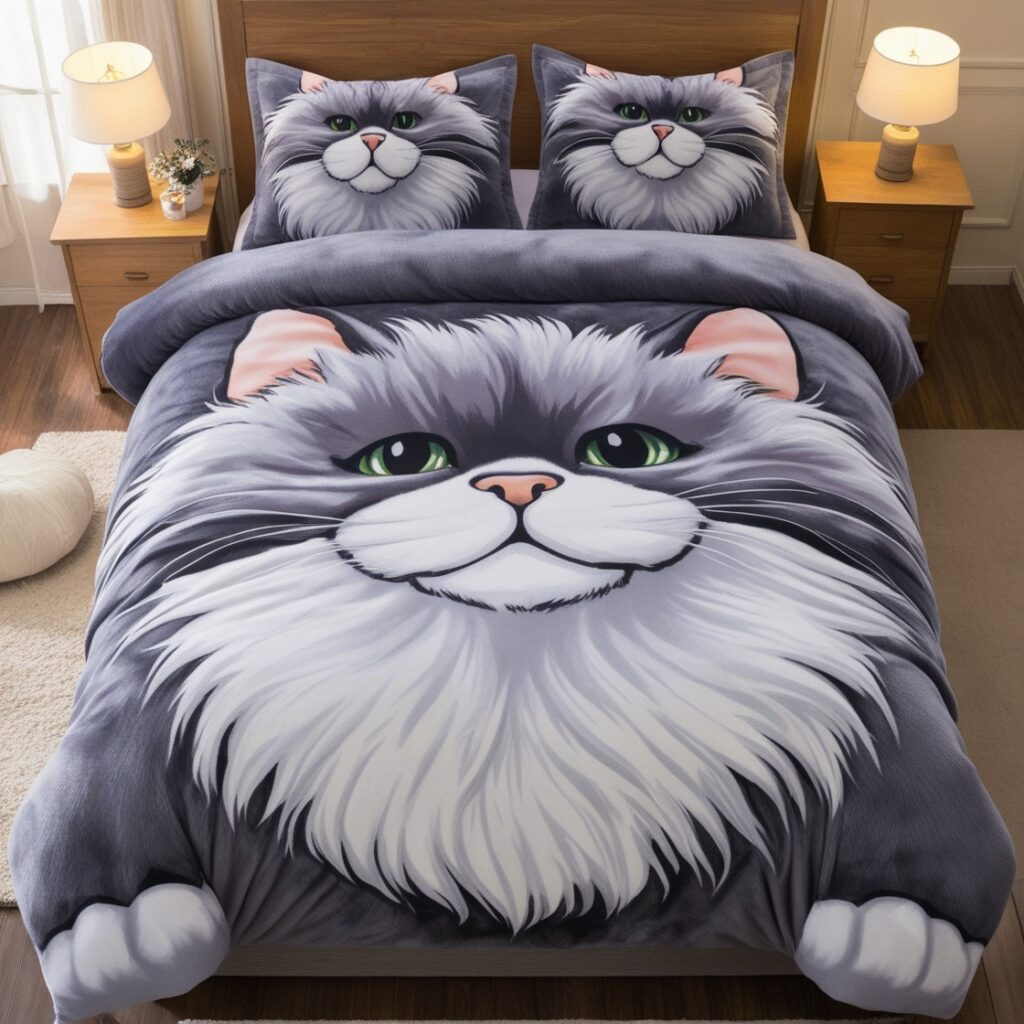
For environmentally conscious pet owners, eco-friendly cat bedding options are becoming increasingly popular. These products are often made from sustainable materials such as organic cotton, recycled plastics, or natural fibers like hemp and jute.
Choosing sustainable bedding not only helps reduce environmental impact but can also provide a healthier sleeping environment for your cat. Many eco-friendly materials are free from harmful chemicals, making them safer for pets with allergies or sensitivities.
While eco-friendly options may carry a higher price tag, they often offer unique features, such as increased durability or improved temperature regulation. Investing in sustainable bedding can contribute positively to the planet while ensuring your pet enjoys a comfortable space.
Waterproof and Washable Materials
Cats are notorious for their occasional messes, so selecting waterproof and washable materials for cat bedding is wise. Waterproof technology can prevent liquids from soaking into the mattress, protecting it from accidents, spills, or drool.
Additionally, many modern cat beds are designed with removable, machine-washable covers, simplifying cleaning routines. Regular washing is crucial for maintaining hygiene and preventing odors, especially for multi-cat households.
When shopping for waterproof options, look for beds made from durable materials that won’t compromise comfort. Finding a balance between usability and coziness will ensure your cat remains happy while keeping things manageable for you.
Choosing the Right Size of Cat Bedding
Size matters when it comes to cat bedding. Ensuring that your chosen bedding fits your cat comfortably is crucial for their satisfaction and well-being. Here, we discuss considerations for selecting the appropriate size based on your cat’s breed, household dynamics, and travel needs.
Considerations for Different Breeds
Understanding your cat’s breed can help inform your choice of bedding size. Larger breeds like Maine Coons require bigger beds to accommodate their size, while smaller cats, such as Singapura, may prefer more compact options.
Additionally, some breeds have unique sleeping habits. Ragdoll cats, known for their relaxed nature, may prefer spacious beds where they can stretch out, while Siamese cats might enjoy snugger spots where they can curl up tightly. Assessing these traits will enable you to pick bedding that aligns with your cat’s characteristics.
It’s also essential to consider your cat’s age. Kittens may benefit from smaller, cozier beds, while older cats might require larger beds with extra room to maneuver comfortably, especially if they have mobility issues.
Space Requirements for Multi-Cat Households
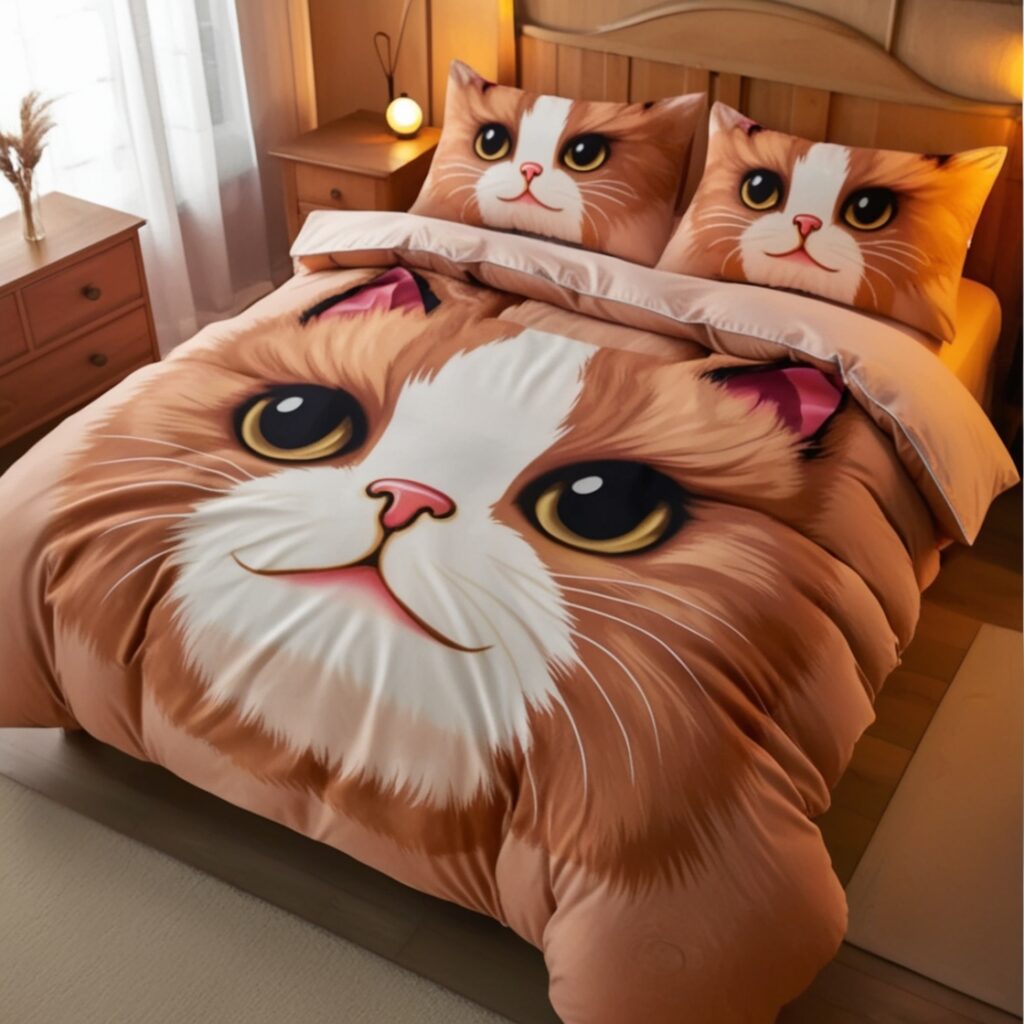
If you share your home with multiple cats, the size and distribution of bedding become even more critical. Providing separate sleeping areas can reduce territorial disputes and allow each cat to find its preferred resting spot.
When choosing bedding for a multi-cat household, opt for beds that can accommodate more than one cat, such as larger pillows or connecting pads. Alternatively, you could position several smaller beds around your home, giving each cat its space without feeling crowded.
Additionally, consider the layout of your home. Create inviting napping areas in various rooms, allowing each cat to have its territory while still feeling connected to the family unit.
Travel Beds for Cats on the Go
For cat owners who frequently travel, investing in portable bedding is a smart choice. Travel beds should be lightweight, easy to pack, and simple to clean, all while offering comfort for your furry friend.
Look for options that fold easily and include plush linings for added comfort. Many travel beds are designed with waterproof technology to handle accidents during trips.
Remember to introduce your cat to travel bedding before embarking on a journey. Familiarizing them with the new bedding can reduce anxiety during travel and help them feel secure in unfamiliar environments.
Caring for and Maintaining Cat Bedding
Proper care and maintenance of your cat’s bedding are paramount in ensuring longevity and hygiene. Just as a clean sleeping space promotes health for humans, the same holds true for our feline friends. Here, we provide practical tips for keeping cat bedding fresh and in optimal condition.
Washing and Cleaning Tips
Regular cleaning is essential for maintaining a hygienic sleeping environment for your cat. Depending on the material, many cat bedding options are machine washable, allowing for convenient care.
Follow the manufacturer’s instructions regarding washing temperatures and drying methods. Using pet-safe detergents can also minimize the impact of cleaning products on your cat’s sensitive skin and respiratory system.
For non-machine washable bedding, spot cleaning can help remove stains and odors. Invest in enzyme-based cleaners specifically designed for pet messes, as they effectively break down organic materials and eliminate lingering smells.
When to Replace Cat Bedding
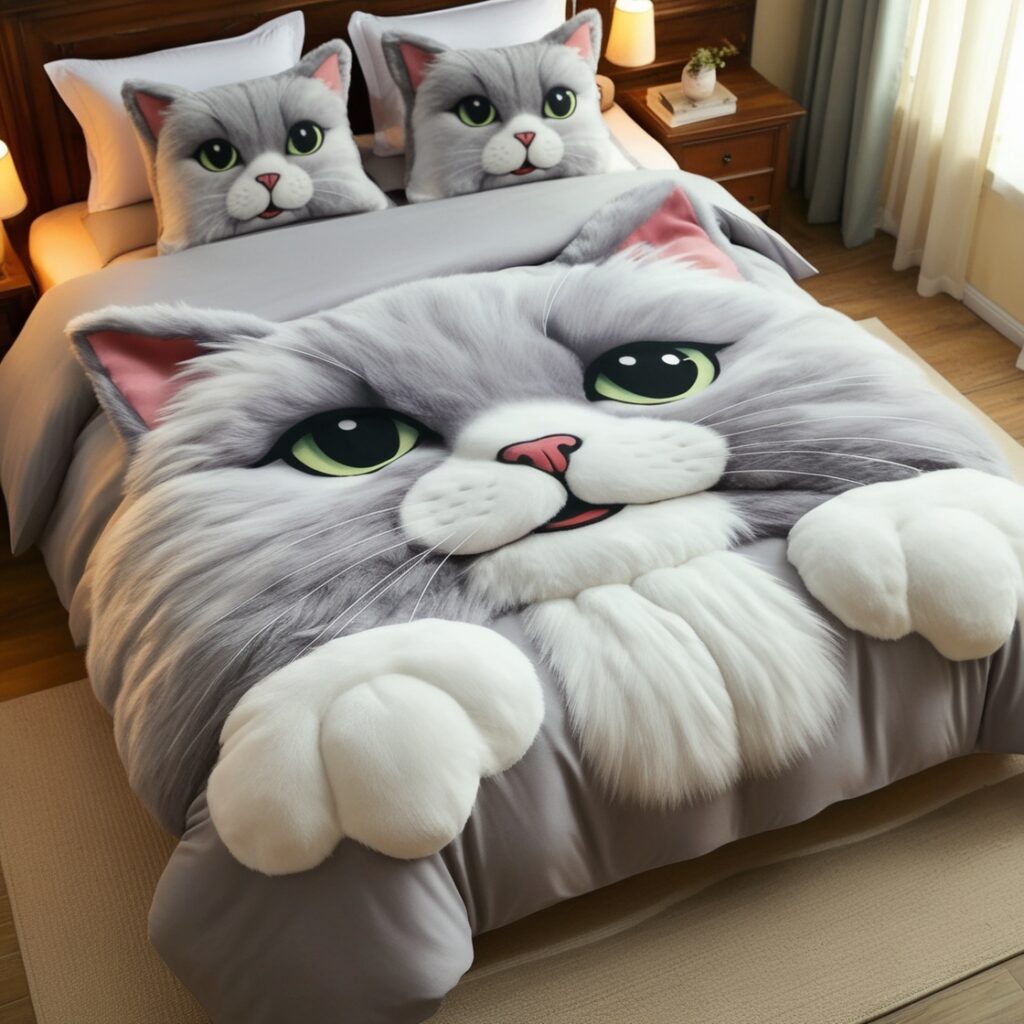
Knowing when to replace cat bedding is just as important as selecting the right one. Signs that your cat’s bedding needs replacing may include visible wear and tear, persistent odors that won’t wash out, or a flattened appearance that no longer offers support.
As a general rule of thumb, consider replacing bedding every year or two, depending on usage and the material’s durability. Frequent checks can help you identify when a replacement is necessary to ensure your cat always has a comfortable and clean place to sleep.
Dealing with Odors and Allergens
Cat bedding can develop odors over time, especially in multi-pet households. To keep things smelling fresh, regularly wash bedding and consider using baking soda to absorb odors. Placing the bedding outside in the sun can also help eliminate smells while naturally disinfecting.
Allergies can be a concern for both cats and humans. To minimize allergens, choose hypoallergenic materials and wash bedding frequently. Additionally, using an air purifier in the home can help reduce airborne allergens that may settle onto bedding.
Notes
To create a truly customized experience for your cat, pay attention to details that might enhance their comfort. Cats have unique personalities, and observing their preferences can guide you in choosing the right bedding.
Observing Your Cat’s Preferences
Take note of how your cat behaves around different types of bedding. Do they prefer soft and plush surfaces, or do they lean towards firmer options? Are they drawn to enclosed spaces, or do they favor wide-open beds?
Creating a bedding setup that caters to your cat’s specific preferences will increase the likelihood of satisfaction. Consider rotating bedding styles periodically to gauge what resonates most with your feline friend.
Seasonal Changes in Bedding Needs
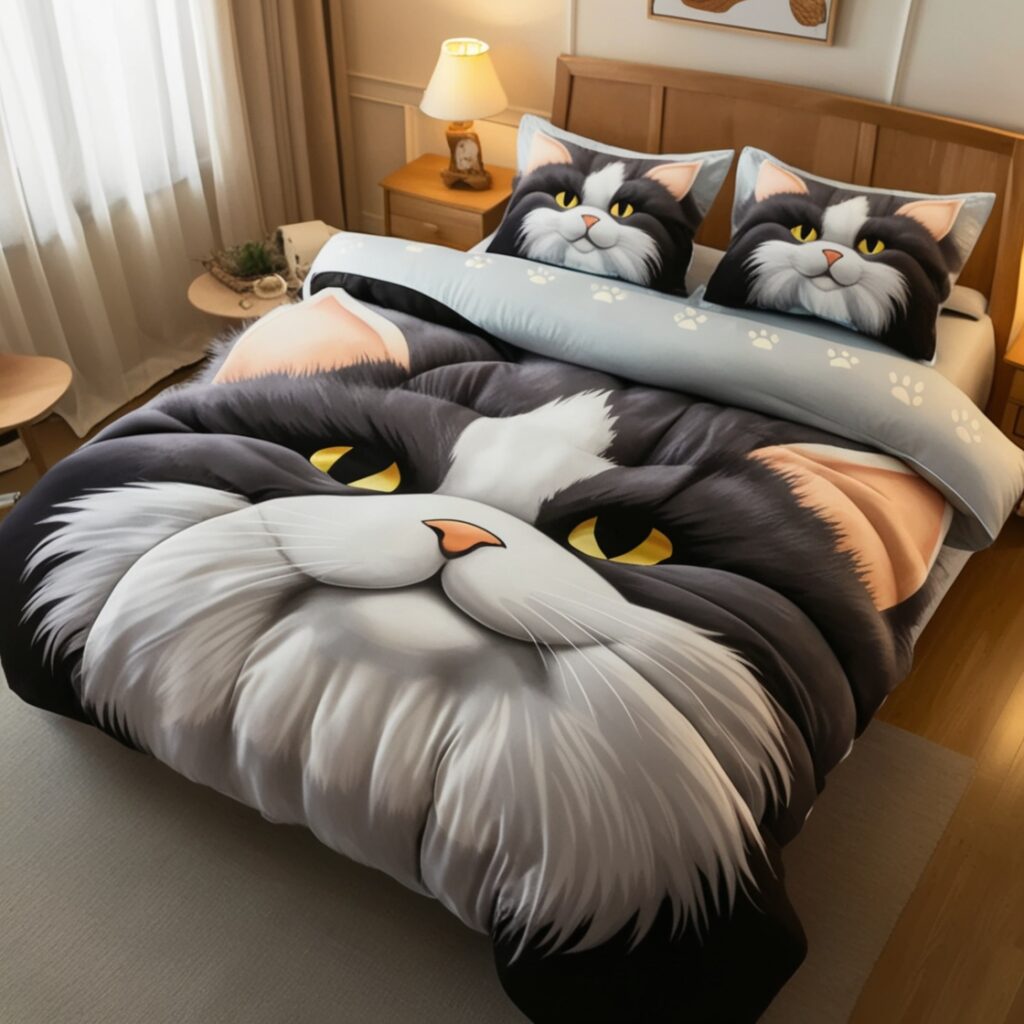
Cats may have varying bedding requirements based on seasonal changes. During winter, heated beds or thicker blankets can provide warmth, while summer may call for lighter, breathable materials to keep your cat cool.
As the seasons change, reassess your cat’s bedding situation and adjust accordingly. Your cat’s comfort during extreme temperatures is paramount to their well-being.
Personalizing Cat Bedding for Comfort
Taking personalization a step further, consider adding features that increase the appeal of your cat’s bedding. Unique touches, such as incorporating your cat’s favorite scents (like catnip) or adding toys for stimulation, can enhance their experience.
You could also customize bedding with your cat’s name or favorite colors or patterns. Creating a personalized space will help deepen your bond while providing an inviting environment.
Mistakes to Avoid
While shopping for cat bedding, there are several pitfalls many pet owners encounter. Being aware of common mistakes can help you make better decisions for your feline friend.
Choosing the Wrong Material
Selecting inappropriate materials can lead to discomfort for your cat. Avoid bedding that contains toxic substances or harsh chemicals, as these can cause skin irritation and potential health issues.
Additionally, don’t rush the selection process. Take time to evaluate various materials, paying attention to your cat’s preferences. Proper material choices will greatly improve your cat’s sleeping experience.
Ignoring Your Cat’s Sleeping Habits
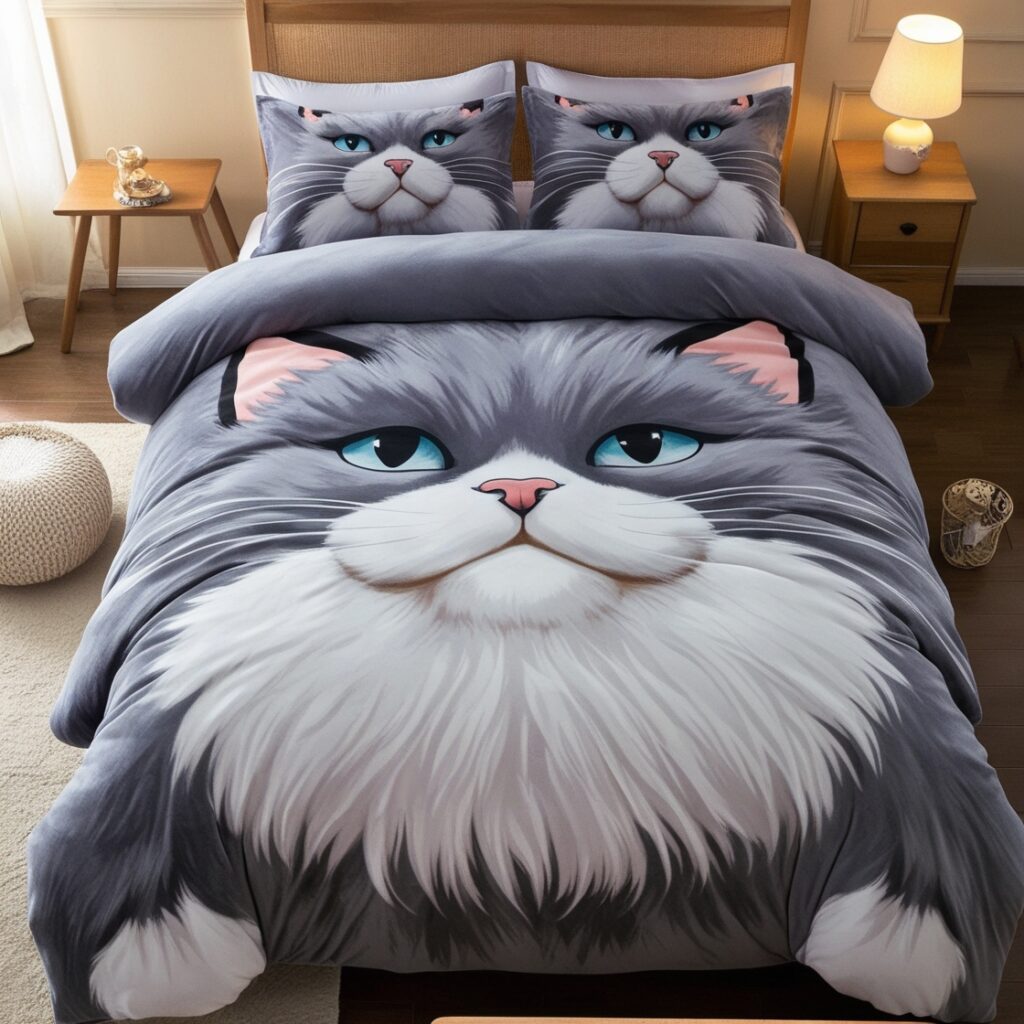
Your cat’s sleeping habits are essential to consider when selecting bedding. If your cat loves to sprawl out, a smaller bed might leave them feeling confined. Conversely, if they enjoy curling up tightly, a larger bed may feel too open.
Observing your cat’s behavior while they sleep will provide valuable insights that can help guide your bedding choice.
Overlooking Size and Space Requirements
Never underestimate the importance of size. Beds that are too small can make your cat feel cramped, while oversized ones may not provide enough sense of security. Always consider your cat’s size and style when selecting bedding.
If you live in a multi-cat household, assess how many beds you need to ensure each cat has its space. Overcrowding can lead to territorial disputes and increased stress levels.
Frequently Asked Questions
To wrap up our guide, let’s address some common questions related to cat bedding that many pet owners might have.
How often should I wash my cat’s bedding?
The frequency of washing your cat’s bedding largely depends on the number of cats you have and their habits. As a general rule, washing bedding every 1-2 weeks is advisable to maintain cleanliness and hygiene. However, if your cat frequently gets dirty or has accidents, consider washing it more often.
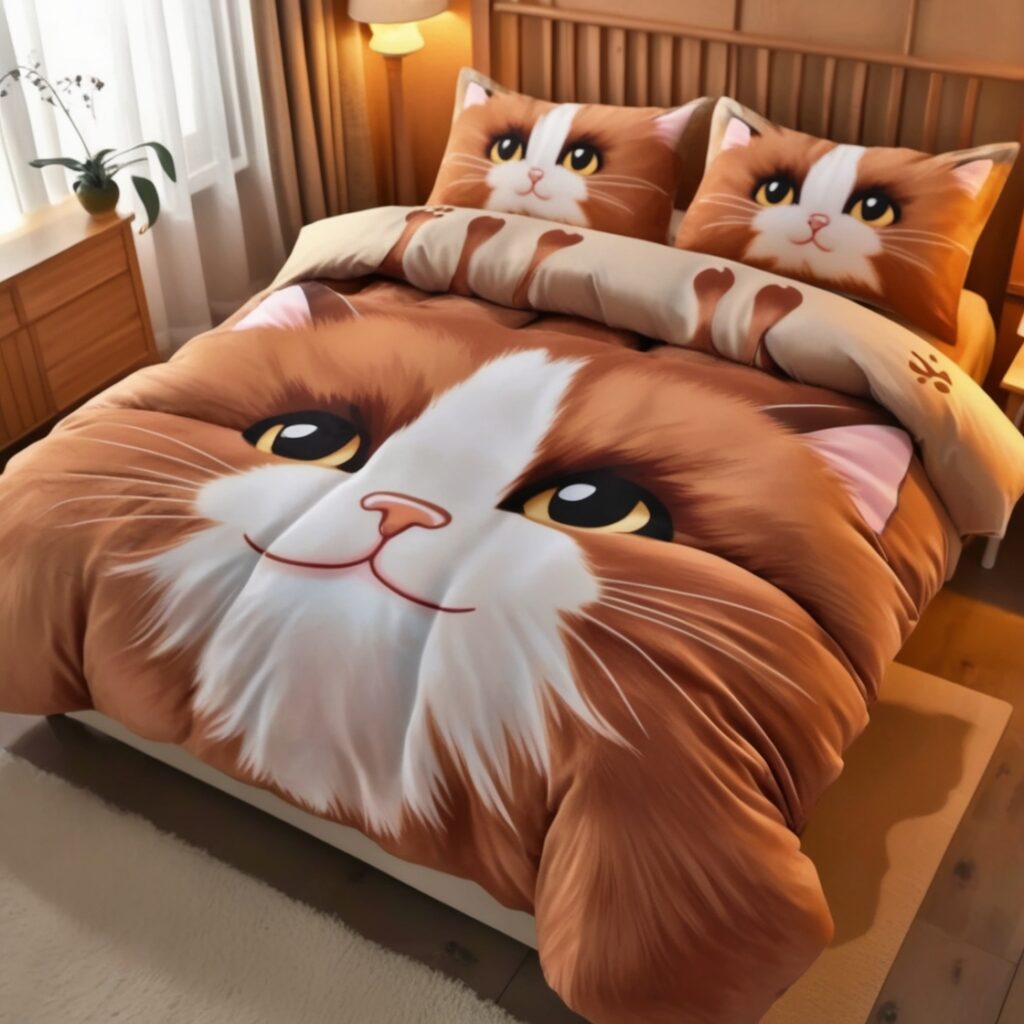
What type of bedding is best for older cats?
Older cats often benefit from orthopedic or supportive bedding. These beds offer cushioning that relieves pressure on joints, helping to reduce discomfort from arthritis or other age-related issues. Look for soft, plush materials that retain shape, ensuring your senior cat has a comfortable resting space.
Can I use human bedding for my cat?
While it may be tempting to use human bedding for your cat, it’s usually not advisable. Human bedding may contain materials or chemicals that can irritate your pet’s skin. Additionally, the size and design may not suit your cat’s preferences, making it less likely they’ll enjoy using it.
Conclusion
Investing time and effort into selecting the right cat bedding can greatly enhance your pet’s quality of life. From understanding the importance of comfort to exploring different types and materials, the choices you make directly impact your cat’s happiness and health. With careful consideration of your cat’s individual needs and preferences, you’re sure to create a restful haven for your furry friend. So go ahead, pamper your feline companion with the perfect bedding and watch them thrive in their cozy sanctuary!

